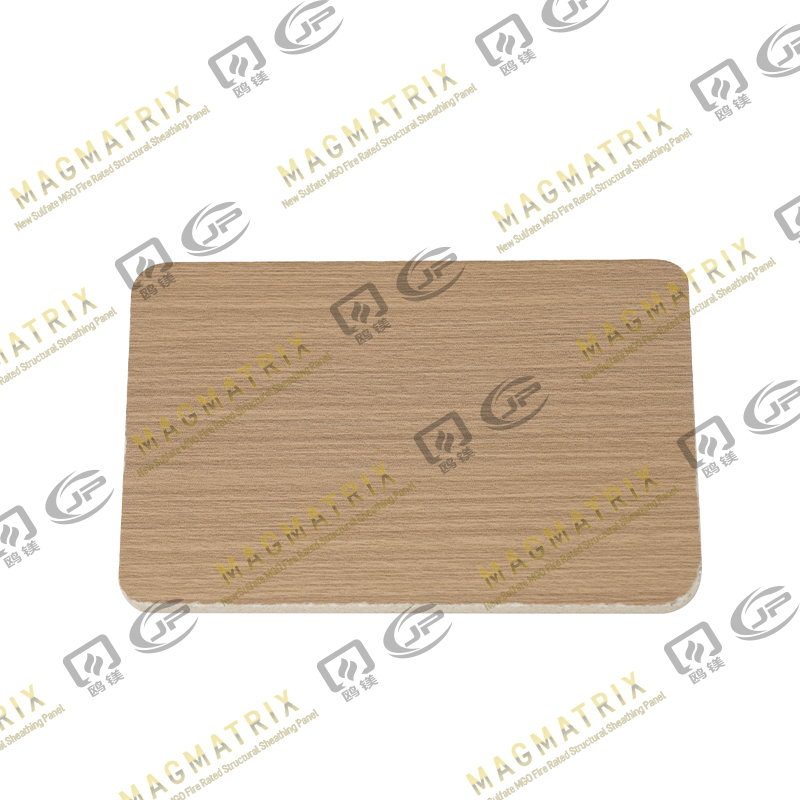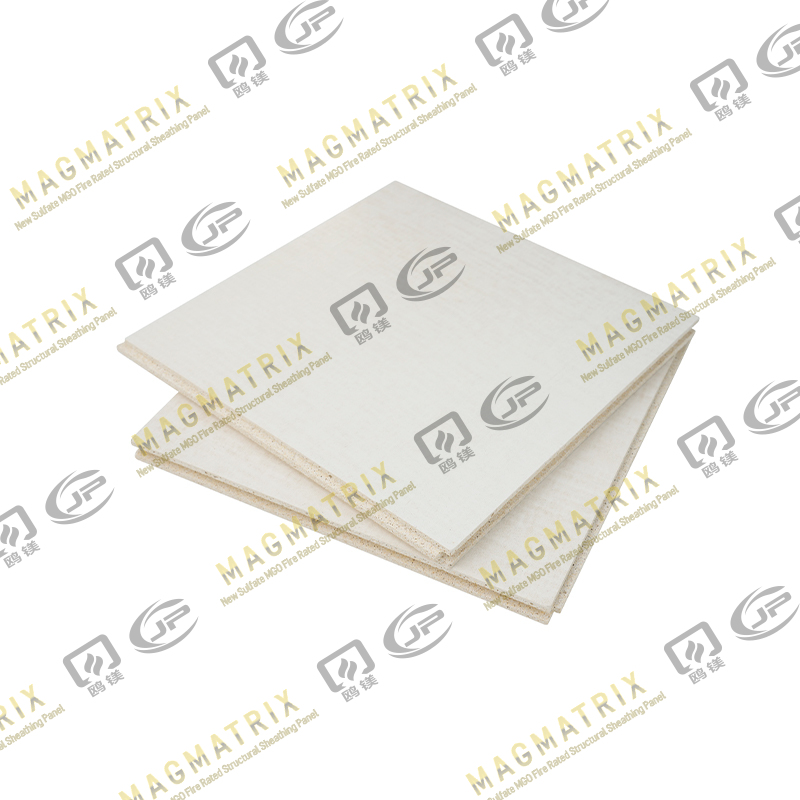Key Takeaways
When a fire breaks out, the safety of a building’s occupants hinges not only on how a material resists flames but also on how it affects visibility and air quality. Magnesium Oxide (MgO) board, also known as magnesium wallboard, offers superior performance in both these critical areas. Unlike many traditional building materials that release dense, toxic smoke upon combustion, MgO board’s unique composition ensures minimal smoke development, which is a key factor in fire safety.
The primary takeaway is that MgO board’s fire-resistant properties go beyond simply not burning. It is engineered to perform in a way that directly supports fire safety protocols. When subjected to the intense heat of a fire, it has a smoke developed index of zero, meaning it produces virtually no smoke. This is a critical advantage, as smoke inhalation is a leading cause of fire-related deaths. By maintaining clear visibility and clean air, MgO board significantly improves the chances for safe evacuation and enhances the ability of firefighters to navigate the structure. This low-smoke property, combined with its fire resistance, makes it a prime choice for modern construction where occupant safety is paramount.
Smoke Density
Smoke density is a critical measure of fire safety that directly impacts a person’s ability to see and breathe during a fire. It is often a more immediate threat than flames, as dense smoke can obscure exit paths and cause rapid incapacitation from inhalation. The unique chemical composition of magnesium wallboard gives it a distinct advantage in this area. Unlike wood, plastic, or even some types of drywall that produce significant smoke when burning, magnesium board remains remarkably clear under fire conditions.
ASTM E84 Test Results
The ASTM E84 standard, also known as the “Standard Test Method for Surface Burning Characteristics of Building Materials,” is the industry benchmark for evaluating how a material performs in a fire. This test measures two key indices: the Flame Spread Index (FSI) and the Smoke Developed Index (SDI). For a material to be considered fire-safe, it needs to have low scores on both.
Magnesium wallboards consistently achieve an SDI of 0 during the ASTM E84 test. This score is in the lowest possible class (Class A or Class I), indicating that the material produces virtually no smoke during combustion. This is a significant factor in fire safety, as it ensures that visibility remains clear for safe evacuation.
What Low Smoke Density Means
A low smoke density score is not just a technical detail; it has profound real-world implications. In a fire, the time it takes for a building to become uninhabitable is often determined by smoke, not heat. Dense smoke can quickly fill a room, making it impossible to see exits, emergency signs, or even other people. The presence of low-smoke materials like magnesium board provides a clear line of sight, which is essential for guiding occupants to safety.
Furthermore, a low smoke density also means that fewer harmful particles and chemicals are released into the air. Smoke is a complex mixture of carbon monoxide, hydrogen cyanide, and other toxic compounds, all of which pose a serious health risk. By producing minimal smoke, magnesium wallboard helps to maintain better air quality, reducing the risk of smoke inhalation and providing a safer environment for both occupants and emergency responders. This characteristic, in tandem with its fire-resistant nature, makes it a superior choice for building safety.
Fire Resistant Performance
While low smoke density is a crucial safety feature, it is only one part of the story. The primary purpose of a fire-resistant material is to slow or prevent the spread of fire, providing a critical buffer for evacuation and a safer environment for emergency responders. Magnesium wallboard excels in this regard, thanks to its non-combustible nature and unique chemical composition.
Fire Resistance Ratings
Fire resistance ratings are a measure of how long a material or assembly can withstand a fire while maintaining its structural integrity. Ratings are typically expressed in hours (e.g., 1-hour, 2-hour, or 4-hour ratings).
Magnesium wallboards have a high fire resistance rating and can provide up to a 4-hour fire rating when used in a properly constructed wall assembly. This is due to its composition of magnesium oxide and other minerals, which do not burn. When exposed to high heat, the board’s core remains stable, unlike traditional drywall, which can begin to disintegrate as its paper facing burns away and its gypsum core calcines. This ability to maintain integrity under extreme temperatures provides a significant advantage in containing fires and protecting structural elements.
No Toxic Gas Emission
One of the most dangerous aspects of a fire is the release of toxic gases. Materials like plastics, treated woods, and certain types of insulation can release highly poisonous gases such as carbon monoxide, hydrogen cyanide, and dioxins when they burn.
Magnesium wallboard is inorganic and mineral-based, meaning it does not contain the complex carbon compounds that form these toxic gases. During a fire, it simply does not combust, and therefore, it does not release these harmful byproducts. This not only protects the health of building occupants but also makes the environment safer for firefighters, who are often the first to enter a smoke-filled area. The lack of toxic gas emission, coupled with its low smoke density, makes it a much safer material choice.
| Material |
Fire Rating |
Smoke Density |
Toxic Gas Release |
| Magnesium Wall Board |
High (Up to 4 hours) |
Zero |
None |
| Gypsum Board |
Moderate (Up to 1 hour) |
Low |
None |
| Cement Board |
High (Up to 4 hours) |
Zero |
None |
| Plywood |
Low (Ignites) |
High |
High |
Fire Safety and Protection
The real-world benefits of using magnesium wallboard extend beyond technical specifications. Its performance during a fire directly impacts the safety and survival of building occupants, as well as the effectiveness of emergency response. By addressing the critical issues of visibility and air quality, it becomes an integral component of a comprehensive fire safety strategy.
Impact on Evacuation
In an emergency, every second counts. A fire can quickly fill a building with dense smoke, disorienting occupants and hindering their ability to find a safe exit. The low smoke density of magnesium wallboard provides a significant advantage by keeping evacuation routes visible for a longer period. This clear visibility allows people to move more quickly and confidently toward fire escapes and other exits, reducing panic and the risk of injury. In a multi-story building, this can be the difference between a successful evacuation and a tragic outcome.
Air Quality and Visibility
Smoke is the most common cause of death in residential fires, primarily due to inhalation of toxic gases and suffocation. The lack of toxic gas emission from magnesium wallboard means that the air within a fire-affected area remains safer to breathe for a longer duration. This is crucial for both building occupants and firefighters. A less toxic, clearer environment allows emergency responders to locate trapped individuals more easily and work more effectively without being overcome by smoke. This improved air quality can dramatically increase the survival rates of occupants and reduce the health risks faced by firefighters.
Material Comparison
The superior fire-safety performance of magnesium wallboard is best understood when compared to other materials commonly used in construction. While each material has its specific applications and benefits, magnesium oxide (MgO) board stands out for its unique combination of fire resistance and minimal smoke production.
MgO Board vs. Gypsum Board
Gypsum board, often called drywall or Sheetrock, is a staple of modern construction. It performs well in fire scenarios because its gypsum core contains water molecules that, when heated, are released as steam, which helps to cool the surface and slow the spread of fire. However, the paper facing on gypsum board can burn, producing some smoke, and the board itself can crumble under extreme, prolonged heat.
MgO board, on the other hand, is completely non-combustible. Its mineral composition means there is no organic material to burn, and therefore it produces zero smoke and no toxic fumes. While both materials offer fire resistance, MgO board’s performance is more robust and reliable under severe fire conditions, maintaining its structural integrity and ensuring a clearer, safer environment.
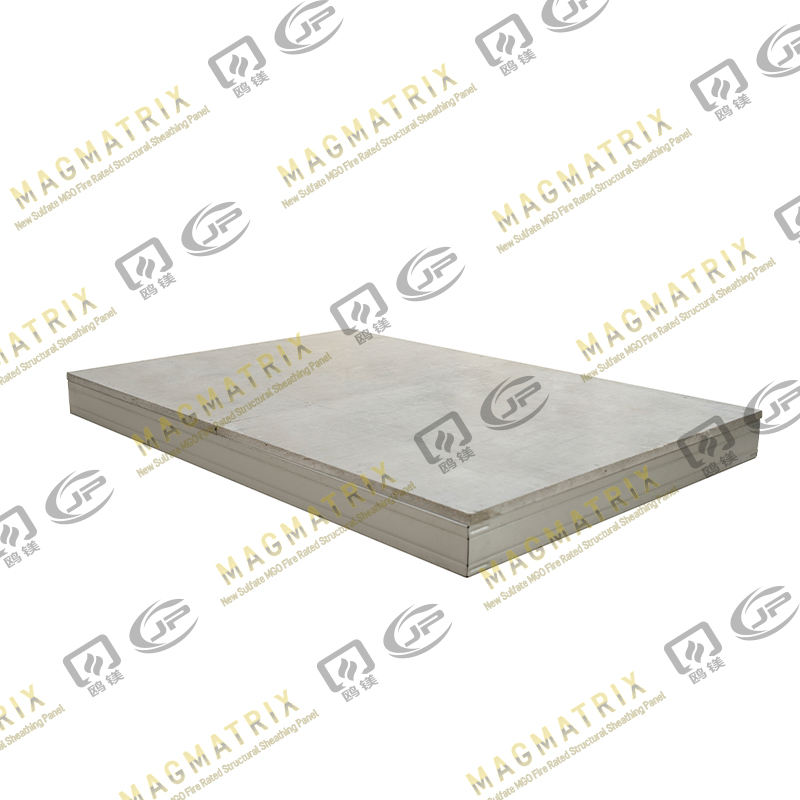
MgO Board vs. Cement Board
Cement board is another non-combustible material often used in areas exposed to moisture, like bathrooms and kitchens. It is extremely durable and fire-resistant. Like MgO board, it does not burn or release smoke. However, cement board is significantly heavier and more brittle than MgO board, making it more difficult to handle, cut, and install. MgO board provides a similar level of fire resistance but with the added benefits of being lighter, more flexible, and easier to work with.
| Feature |
Magnesium Wallboard |
Gypsum Board |
Cement Board |
| Fire Resistance |
Excellent |
Good |
Excellent |
| Smoke Density |
Zero |
Low |
Zero |
| Toxic Gas Release |
None |
None |
None |
| Weight |
Lighter |
Heavy |
Very Heavy |
| Durability |
High |
Low |
High |
Factors Affecting Smoke Density
While magnesium wallboard is inherently a low-smoke material, its performance in a fire can be influenced by a few key factors. Understanding these variables is important for ensuring the material performs as expected in a real-world scenario.
Board Composition
The primary factor influencing the smoke density of magnesium wallboard is its composition. High-quality MgO boards are manufactured with pure mineral components, primarily magnesium oxide and magnesium chloride, reinforced with fiberglass mesh. This pure, inorganic composition is what prevents the board from combusting and producing smoke.
However, some lower-quality or imitation products may contain fillers or additives, such as wood pulp or other organic materials, to reduce manufacturing costs. These additives can burn when exposed to fire, leading to the production of some smoke. To ensure the best performance, it is crucial to use boards from reputable manufacturers that adhere to strict quality control standards.
Installation and Environment
The environment in which the magnesium wallboard is installed can also play a role, albeit a minor one. The board itself does not produce smoke, but a wall assembly includes other materials such as adhesives, sealants, joint compounds, and paint. If these ancillary materials are not fire-rated, they may contribute to smoke production.
For example, a non-fire-rated paint applied to the surface of the board may burn and release some smoke, even though the board underneath is not. Similarly, the use of combustible adhesives or sealants in the installation process can compromise the overall fire safety of the wall assembly. To maximize the fire safety benefits, all components of the wall system should be selected for their fire-resistant properties.
FAQ
This section provides quick, clear answers to some of the most common questions about magnesium wallboard and its performance in a fire.
What is the smoke developed index for magnesium wall boards?
The Smoke Developed Index (SDI) for high-quality magnesium wall boards is 0. This score, as determined by the ASTM E84 test, is the lowest possible and indicates that the material produces virtually no smoke when exposed to fire. This is a key advantage for fire safety and evacuation.
Do magnesium wall boards release toxic gases in a fire?
No, magnesium wall boards do not release toxic gases in a fire. They are made from inorganic, mineral-based materials (primarily magnesium oxide) that do not combust. Unlike materials with a carbon base, they do not produce poisonous gases such as carbon monoxide, hydrogen cyanide, or dioxins when subjected to heat.
How long can magnesium wall boards resist fire?
Magnesium wall boards can resist fire for an extended period, with fire resistance ratings of up to 4 hours when used in a proper wall assembly. This high rating provides a significant amount of time for a safe evacuation and for firefighters to contain the blaze, protecting the building’s structural integrity.
Where are magnesium wall boards commonly used for fire safety?
Magnesium wall boards are commonly used in commercial and residential construction where fire safety is a top priority. This includes applications such as fire-rated partitions, shaft walls, ceiling assemblies, and exterior sheathing in multi-family dwellings, schools, hospitals, and commercial buildings. Their excellent fire performance makes them a preferred choice for areas requiring superior fire and smoke protection.
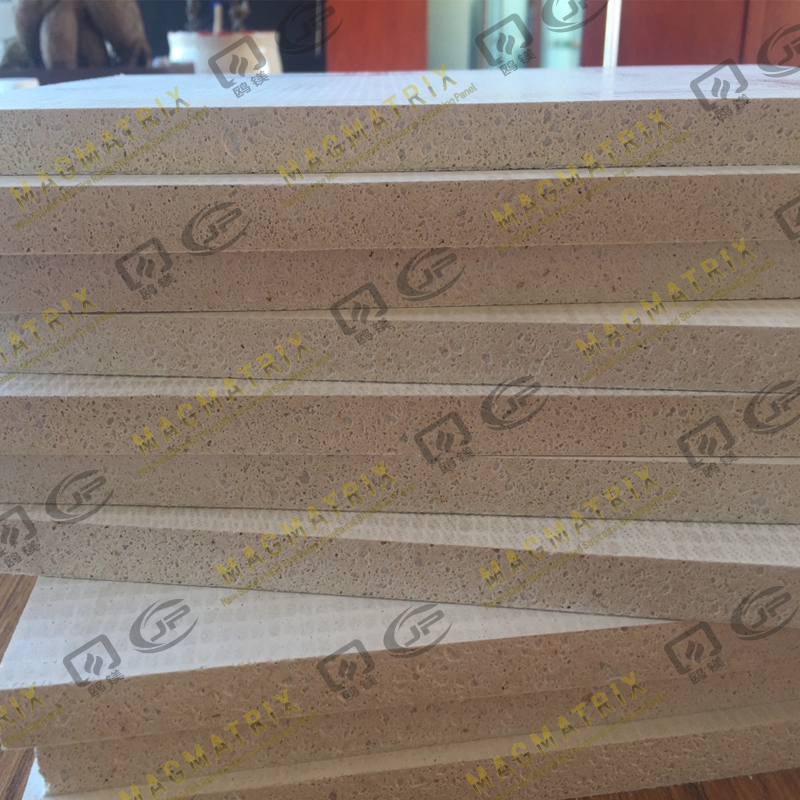 BMSC 517 New Sulfate MgO Board
BMSC 517 New Sulfate MgO Board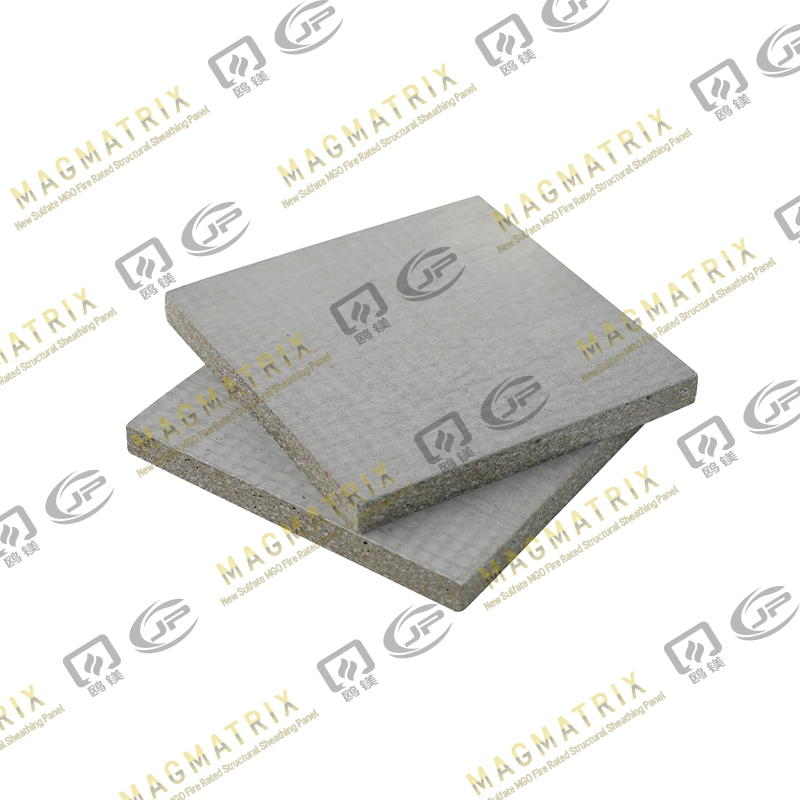 Multi-Support MgO Wall Sheathing Board
Multi-Support MgO Wall Sheathing Board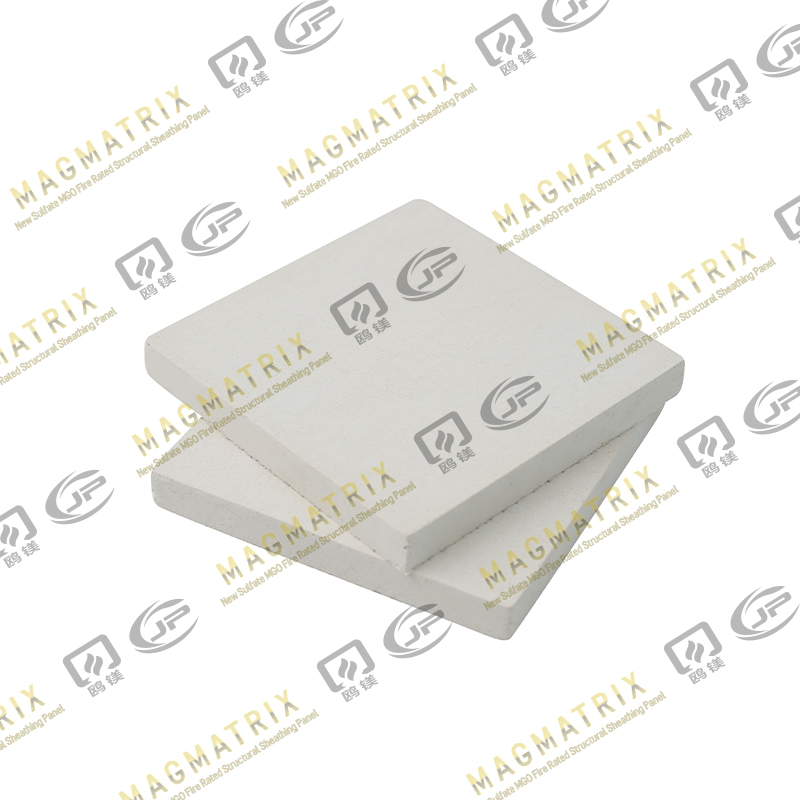 Perseverance MgO Wall Sheathing Board
Perseverance MgO Wall Sheathing Board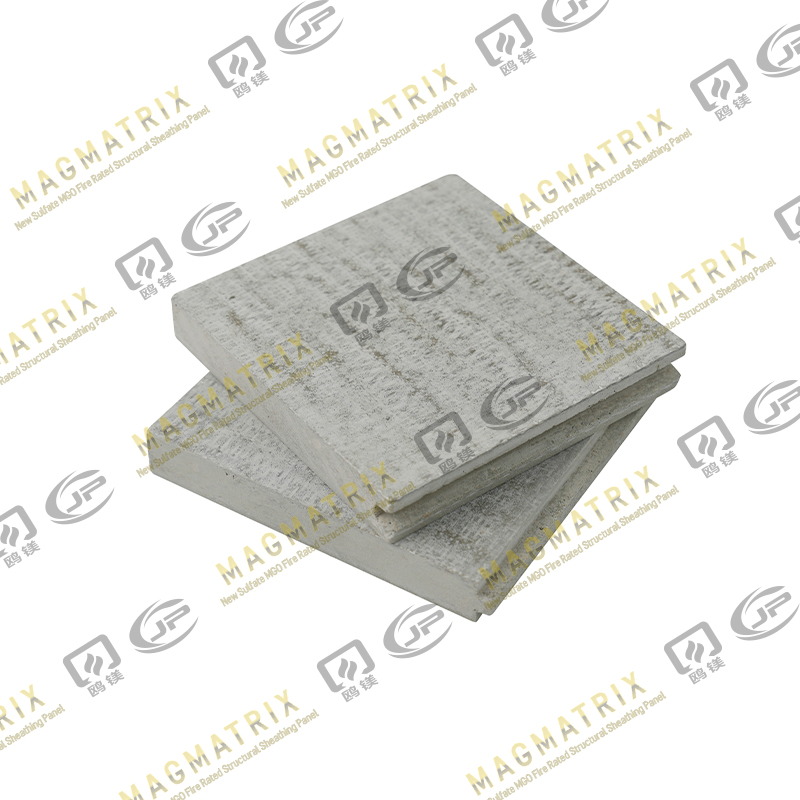 Multi-Support MgO Subfloor Sheathing Board
Multi-Support MgO Subfloor Sheathing Board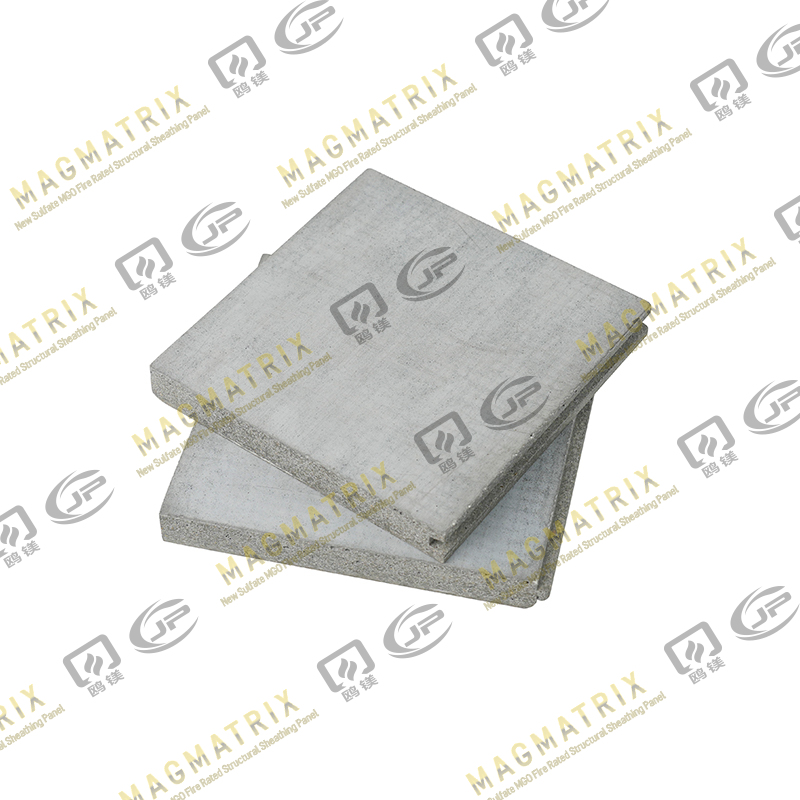 Perseverance MgO Subfloor Sheathing Board
Perseverance MgO Subfloor Sheathing Board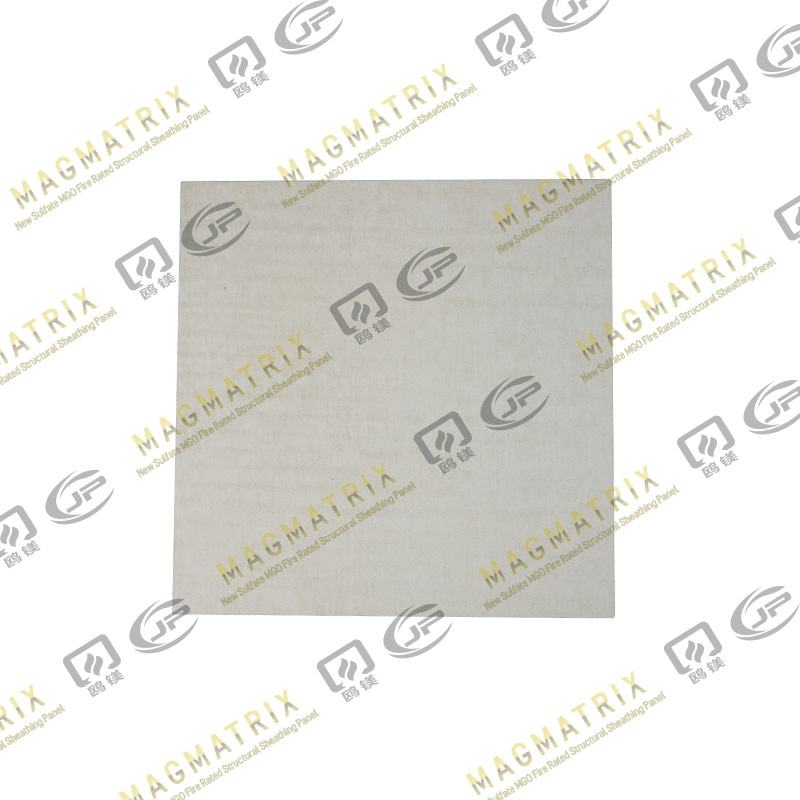 MagMatrix MgO Underlayment Panel/board
MagMatrix MgO Underlayment Panel/board


 English
English русский
русский Español
Español
